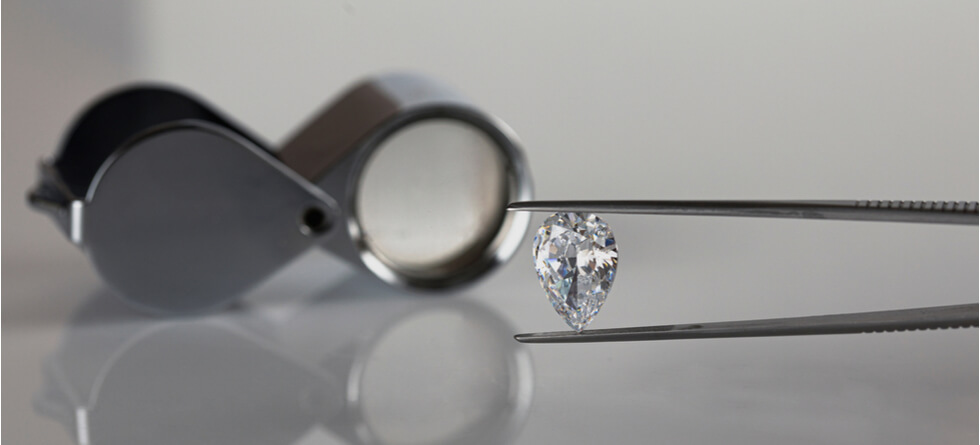While most jewelers are reputable and honest, there have been instances of cheating customers in various ways. Here are a few examples of how jewelers may cheat customers:
- Selling fake or imitation jewelry: Some jewelers may try to pass off fake or fraudulent jewelry as accurate, using tricks such as coating cheaper metals with a thin layer of gold or using synthetic stones instead of natural ones. This can be difficult for customers to detect, especially if they are not familiar with the properties of different metals and gemstones.
- Overcharging for repairs or services: Some jewelers may charge inflated prices for repairs or other services, such as resizing a ring or resetting a stone. They may also perform unnecessary repairs or services to charge more.
- Misrepresenting the quality of gemstones or metals: Some jewelers may misrepresent the quality of gemstones or metals to charge more. For example, they may claim that a diamond is of a higher quality than it is or that a piece of gold jewelry is a higher karat weight than it is.
- Using high-pressure sales tactics: Some jewelers may use high-pressure sales tactics to convince customers to buy more expensive jewelry or to purchase additional services or products.
To avoid being cheated by jewelers, you should do your research, shop around, and ask questions. Look for jewelers with good reputations and certifications from organizations like the Gemological Institute of America (GIA). Ask for documentation that verifies the quality and authenticity of the jewelry, such as a grading report or a receipt. Be wary of jewelers who use high-pressure sales tactics or refuse to provide documentation or answer your questions.



